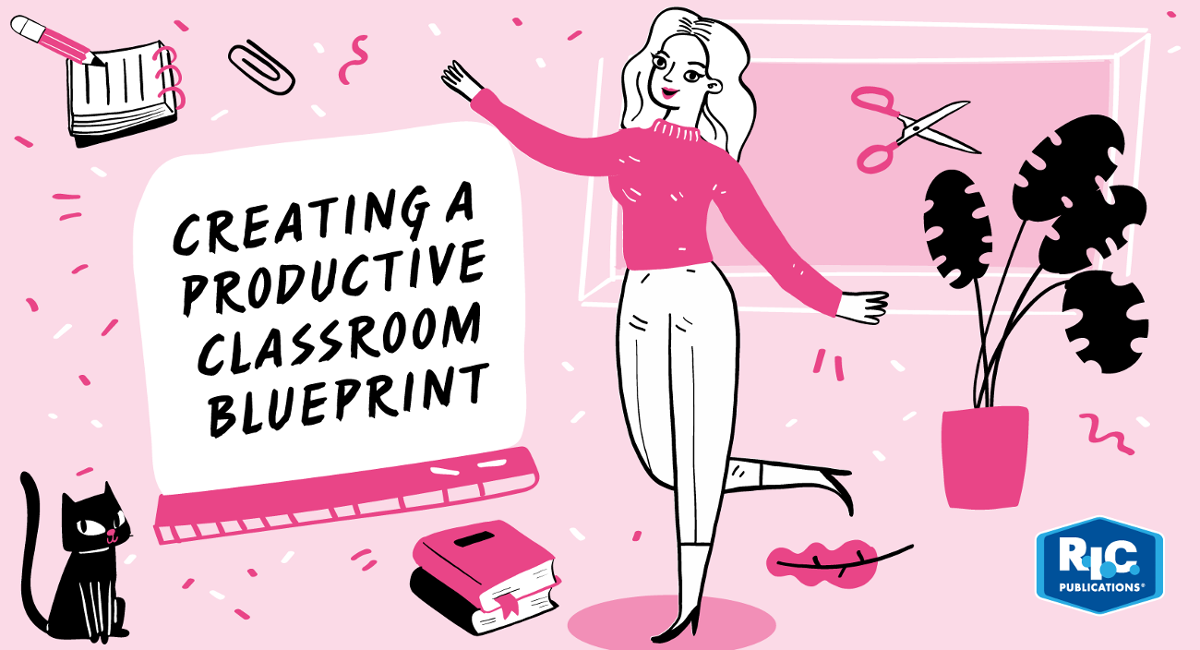- Tuesday 23 January 2024
- 0 Comments
The layout of your classroom can have a big impact on the overall learning environment. A well-designed classroom can create a calm space you’ll enjoy being in and help students to focus, be productive, and feel comfortable.
Here are some tips on how to lay out your classroom for concentration, productivity, good vibes, and good flow:
Consider the size of your classroom.
The size of your classroom will obviously dictate how you can arrange the furniture. If you have a small classroom, you'll need to be more creative with your space. However, even a small classroom can be functional and inviting with good space planning.
Smaller, lightweight, and mobile pieces of furniture are your friends. They allow you to try out different desk arrangements to ensure everyone has enough space. Also consider using mobile storage solutions – draws and filing systems that can be easily moved around the classroom allow you to adapt to your students’ needs.
Create different zones for different activities.
Create different zones in your classroom for different activities. For example, you might have a zone for group work, a zone for independent work, and a zone for quiet reading. This will help students to focus on the task at hand and avoid distractions. You can even draw a clear distinction between each of these zones with posters, artwork, or other markers.
Use furniture to create defined spaces.
Furniture can be used to create defined spaces in your classroom. Space planning helps you manage traffic flow and ensures there is adequate space for all planned activities. For example, you might use a cluster of tables and
chairs to create a group work area, or you might use bookshelves to create a quiet reading area. This will help students to feel like they have their own space and help to reduce distractions.
Use colour psychology to your advantage.
Different colours can have different effects on mood and productivity. For example, blue is often associated with calmness and focus, while red is associated with energy and excitement. When choosing colours for your classroom, consider the activities that will be taking place in each area.
Use natural light whenever possible. Natural light has been shown to improve mood and productivity. If your classroom has windows, try to arrange the furniture so that students can take advantage of the natural light.
Add personal touches.
The classroom should feel like a welcoming and comfortable space for students. You can add personal touches to
the classroom by displaying student work, incorporating biophilic design by adding plants, or hanging posters. This will help students feel like they're part of a community and help to create a positive learning environment.
The layout of your classroom can have a big impact on the overall learning environment and productivity of your students. By following these tips, you can create a classroom that is conducive to concentration, productivity, and
good vibes.
To further enhance the positive atmosphere and boost productivity, consider enrolling in our Let's teach! online planning platform. This comprehensive tool not only incorporates invigorating wellness activities to foster a healthy
work-life balance for educators, but also cultivates a conducive and productive ambience within the classroom.
Experience the power of Let’s teach! for yourself with a 30-day free trial.
.jpeg)
Bio:
Lisa Alward is an award-winning interior designer, with many years of industry experience working on residential homes across Australia. Lisa is the Founder and Principal Interior Designer at Bella Vie Interiors, her Brisbane-based design business, and is dedicated to creating beautiful homes for her clients.
